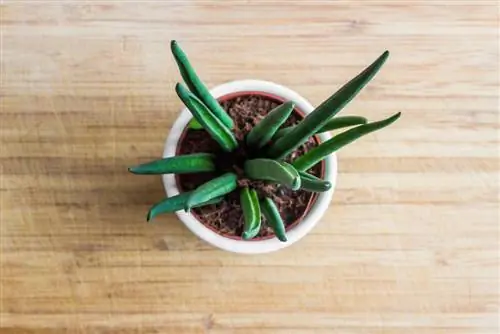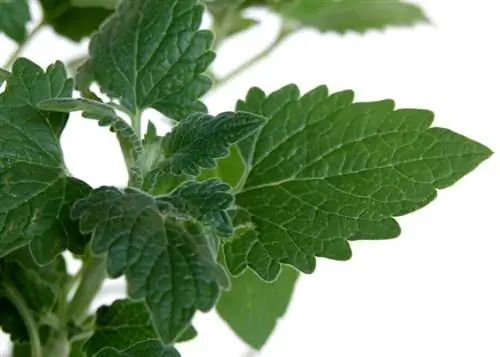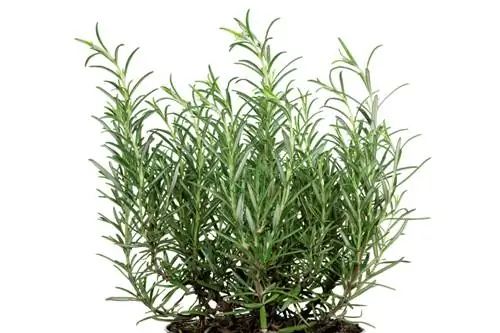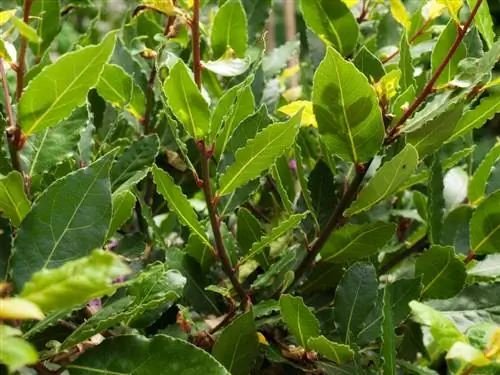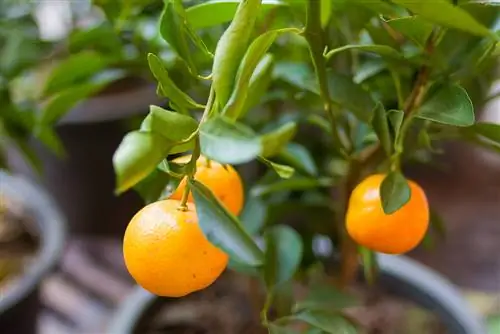- Author admin [email protected].
- Public 2023-12-16 16:46.
- Last modified 2025-01-23 11:21.
Sansevieria cylindrica is a robust, very easy-care succulent that is kept as a houseplant in our latitudes. It forgives small care mistakes and is therefore ideal for beginners. Tips for caring for the unfortunately poisonous Sansevieria cylindrica.
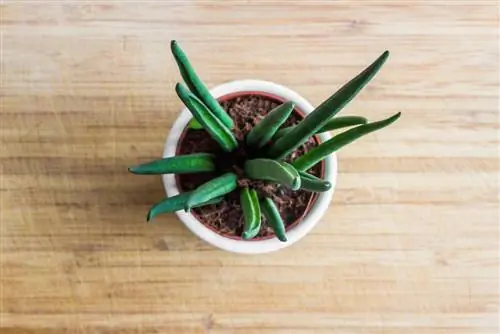
How do you properly care for a Sansevieria cylindrica?
The care of Sansevieria cylindrica includes regular watering without waterlogging, fertilizing with cactus fertilizer every four weeks in summer, sparing watering in winter and rare repotting. Remove dried leaves and prevent pests.
How do you water Sansevieria cylindrica correctly?
Between March and September, water regularly when the top substrate has dried well. In winter the plant needs very little water. It also copes if it is not watered for a long time.
However, it cannot tolerate waterlogging at all. Therefore, always pour off excess water immediately.
When is fertilization done?
It is sufficient if you fertilize the Sansevieria cylindrica at four-week intervals from April to September with a little cactus fertilizer (€6.00 on Amazon) or fertilizer for succulents. Reduce the dose indicated on the packaging by half.
Are you allowed to prune Sansevieria cylindrica?
Sansevieria cylindrica does not tolerate cutting well. Therefore, only remove dried leaves and faded inflorescences.
How often is repotting on the agenda?
Repotting too frequently damages the plant. It is only repotted every few years when the previous pot has actually become too small.
After repotting, you must not fertilize the Sansevieria cylindrica for several months.
What diseases and pests do you need to watch out for?
- Leaf spot disease
- Soft or black rot
- Spider mites
- Mealybugs
It is important that the substrate is never kept too wet, as this promotes leaf spot or rot. Leaf spot disease causes reddish-brown spots to appear on the leaves. When rotting, the leaves become soft.
How to care for Sansevieria cylindrica in winter?
Sansevieria cylindrica is not hardy and must therefore be kept in a frost-free place in winter. It shouldn't get colder than 15 degrees. However, the temperatures must not be too high, so you should not overwinter the plant in the warm living room.
Since the bow hemp also copes well with shady locations, you can make it a little darker.
Tip
A bathroom or bedroom that is not too heated is ideal as a location in winter. A cool greenhouse or a slightly warmed winter garden are also suitable for overwintering.

